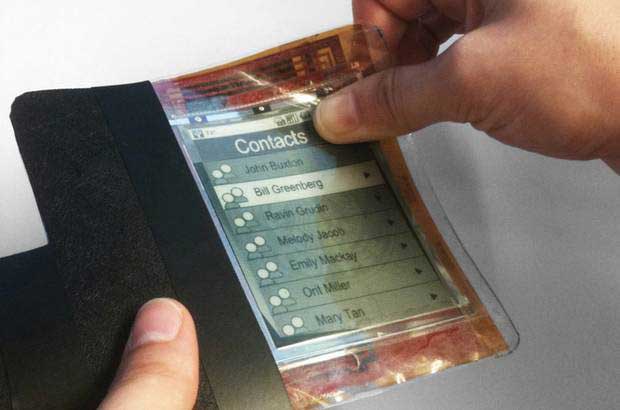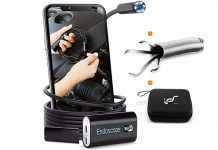The world’s first paper computers will revolutionize the world of interactive devices. According to their creator, Roel Vertegaal, head of the laboratory at Queen’s University, this is the future. Within five years, paper computers will conquer the market. This computer looks, feels and operates as a small stripe of interactive paper. You can add it to the mobile phone, bend a corner to flip pages or write with your pen on it.

The smartphone prototype is called PaperPhone and can be described as a flexible iPhone. It does everything a smartphone should do: it stores books, plays music and makes calls. But its display, with a diagonal of just 9.5 cm, is a flexible E Ink film. The flexible display makes the gadget much more convenient to carry than any modern mobile computer, so it fits easily in your pocket.
Dr. Vertegaal will present his paper computer on May 10 at a computer conference called Association of Computing Machinery’s CHI 2011 in Vancouver.
Such a light and flexible device that can store and convert documents will help offices get rid of paper and printers.
Paperless offices are a reality. Dr. Vertegaal says that everything can be stored in a digital form, and you can place these computers on top of each other, like a stack of paper, or just throw them on your desk.
This invention marks the era of very light, thin and flexible computers. They do not require energy, when they are not interacting with the user. When users are reading with them, they do not feel that they are holding a glass or metal thing in their hands.
The paper about the ways of using flexible and thin computers will be available at the conference in Vancouver, where the group of scientists will also show a thin computer-bracelet called Snaplet.










